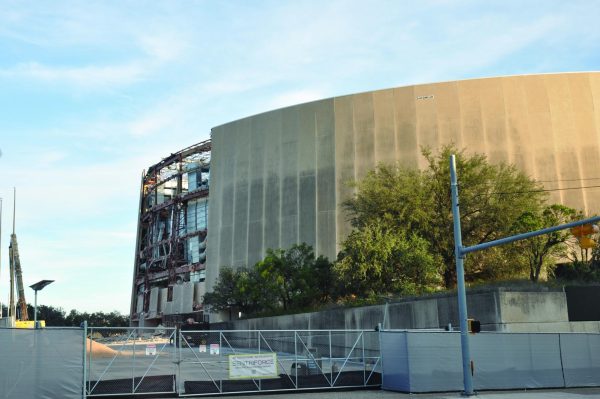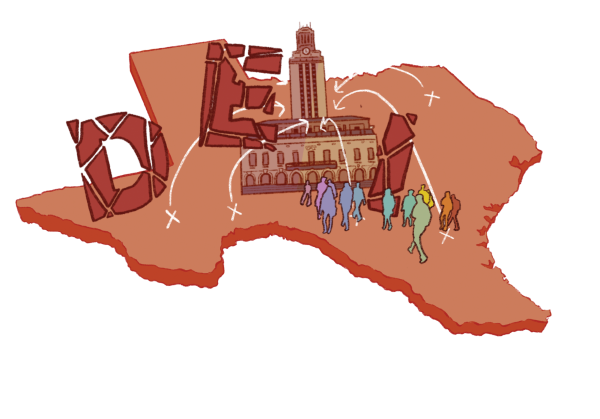The Weeping Willow
Biden Approves Oil Drilling Operation in Alaska
May 15, 2023
On March 15, President Biden approved a nearly $7 billion expenditure called the Willow Project. The proposal will allow the ConocoPhillips company to drill oil and gas in Alaska’s largest undisturbed plot of land, almost 23 million acres. According to the AP Reuters, the Willow Project is set to take place on the northern slope of Alaska where three pads will be constructed by the company to extract nearly 600 million barrels of oil.
The Willow Project is on an area of land within the National Petroleum Reserve, which is the largest piece of public land within the United States, so the project has faced many disagreements over its economic, social, and environmental impacts, according to the Washington Post. The project was originally proposed to and approved by the Trump administration, and then the idea was redrafted with review from the legislature and with regards for the environment. Eventually the project was approved by the Biden administration.
Due to the investment in the Alaskan economy, Nagruk Harcharek, the President of VOICE of the Arctic Iñupiat, recognizes the economic benefits of the plan. Harcharek said while many believe that the negatives far outweigh the positives of this project, the funding for Alaska projects does provide jobs and money.
“Without projects like Willow, and previous projects that have come to fruition on the North Slope, we wouldn’t have those opportunities, or we would be reliant on the state and federal government for providing those,” Harcharek said. “In a way we are self determined. We can make our own money and reinvest that money into our own communities and move forward into the future in a way that we feel it’s beneficial for us without outside influence.”
Harcharek said for those that live in Alaska, the Willow project is a source of large economic opportunity, and a chance to grow, but many that live in and outside of Alaska are concerned about the environmental impacts the drilling will bring. For LASA geography teacher Cody Moody, decisions like the Willow project aren’t so black and white.
“As an outsider to Alaska, so to speak, all that I’m really reflexively thinking is that this environment needs to be protected at all costs, without understanding the local realities of people who live there and work there and have lived there for multiple generations,” Moody said.
According to ConocoPhillips the Willow project will bring the state of Alaska and the North slope Bureau a combined $2.5 billion, however according to PBS, 263 million tons of greenhouse gasses will be produced over the project’s 30 year span. This positive and negative has been the spark of a hot debate, and for junior LASA environmental club member, Mia Larson, the positives aren’t enough to outweigh the repercussions that will come with it.
“To me, the approval of the Willow project is very disappointing as it means the US is valuing oil drilling and profit over the best interests of its citizens and our environment,” Larson said.
When President Biden was first running for president one of the promises he made was that there would be no more drilling on federal lands, but with the approval of the Willow Project, President Biden juxtaposes this. For young and soon-to-be voters like Larson it shakes their confidence in the president.
“Biden’s decision to approve the Willow project is very disheartening and suggests he may not prioritize the environment when making future decisions,” Larson said. “…Furthermore, it sets a dangerous precedent for other lawmakers in the US and around the world- that it is acceptable for them to prioritize profit and economic growth over the voices of their constituents and the well-being of future generations.”
For Harcharek, the oil resource and moral quandary following the United States turning away from Russian oil due to the war in Ukraine is one of the major reasons he decided to support the project. While Harcharek understands the environmental implications of the project, he said current events have had more of an effect on his opinions regarding the project.
“The question becomes where do you get the resource,” Harcharek said. “Do you do it within the United States where we have control over the environmental regulation, where we have control over the mitigations, where we can realize the benefits locally on the North Slope within the slate of Alaska? … Then from an energy perspective, do you outsource those responsibilities and those benefits to other countries?”
The impact of this project is not only environmental and economical, but social as well. For Harcharek the go ahead means a step forward for Alaskan culture and the people of the Arctic Slope
“It’s going to help us move our culture forward into the future, and allow us the opportunities to define what that means going forward without having reliance on the state and feds,” Harcharek said. “If we’re not limited by just the support from the state and federal government, we have our own money we can invest into our own people, into our own programs, and into our own communities to make sure that from a cultural perspective we are protected.”
The Willow Project is a complicated arrangement that provokes the questions of economy over environmental, welfare of a state/place, and political issues across the world. The Willow Project is ready to go, and it will be enacted over a 30 year time period bringing a host of jobs and newfound resources to the people of Alaska.









